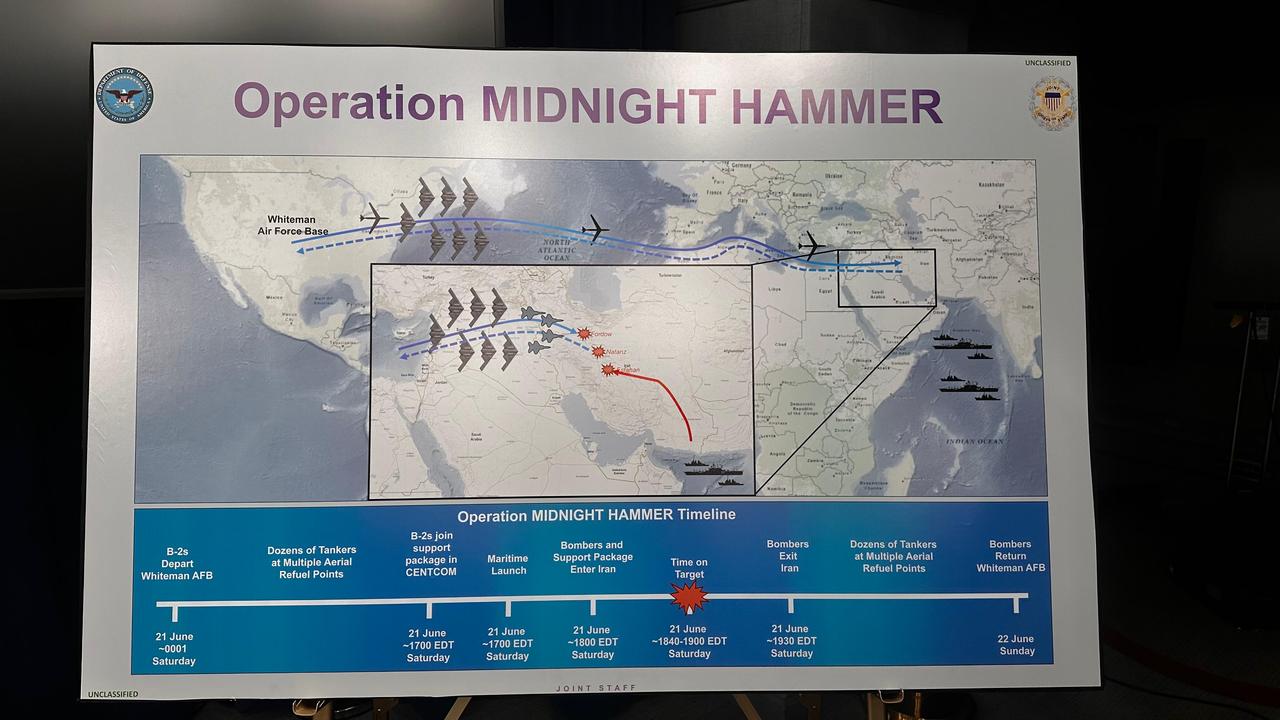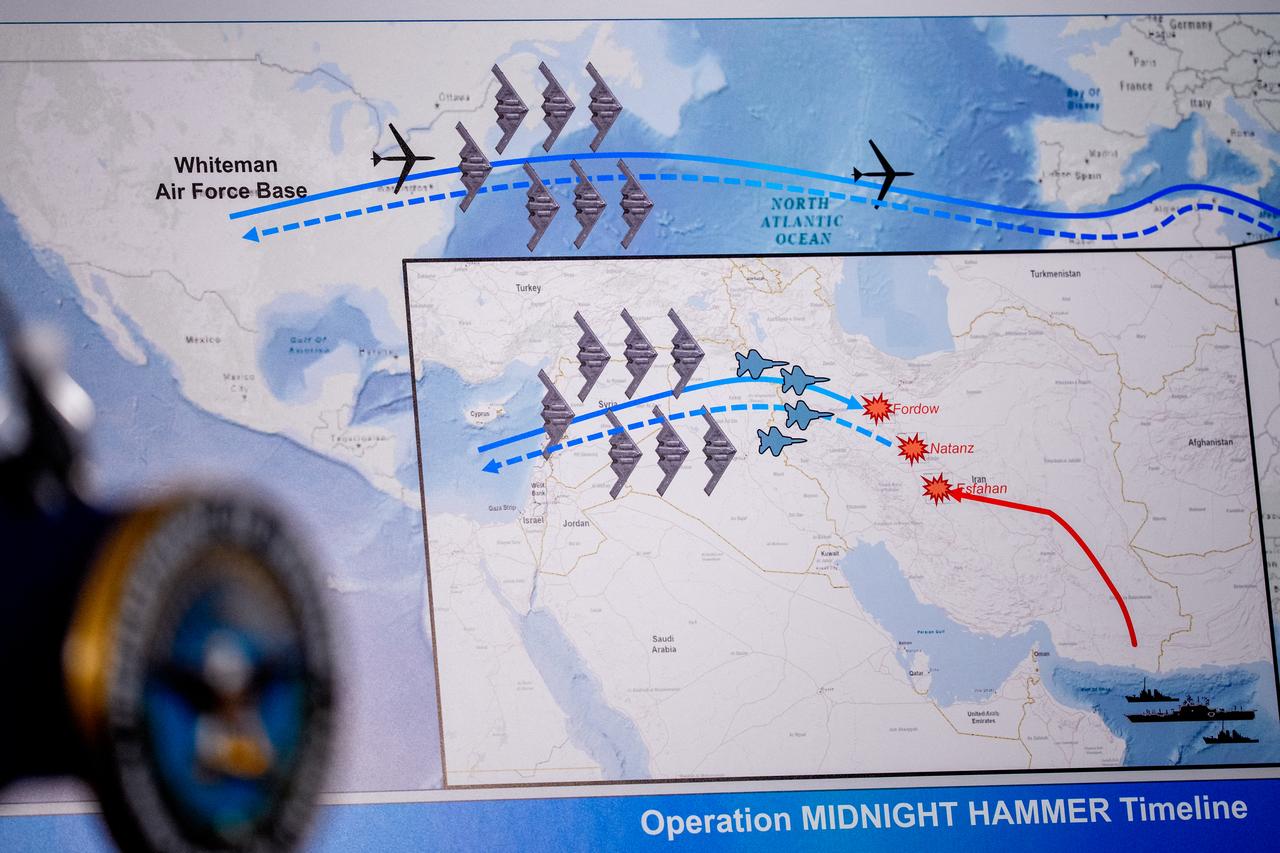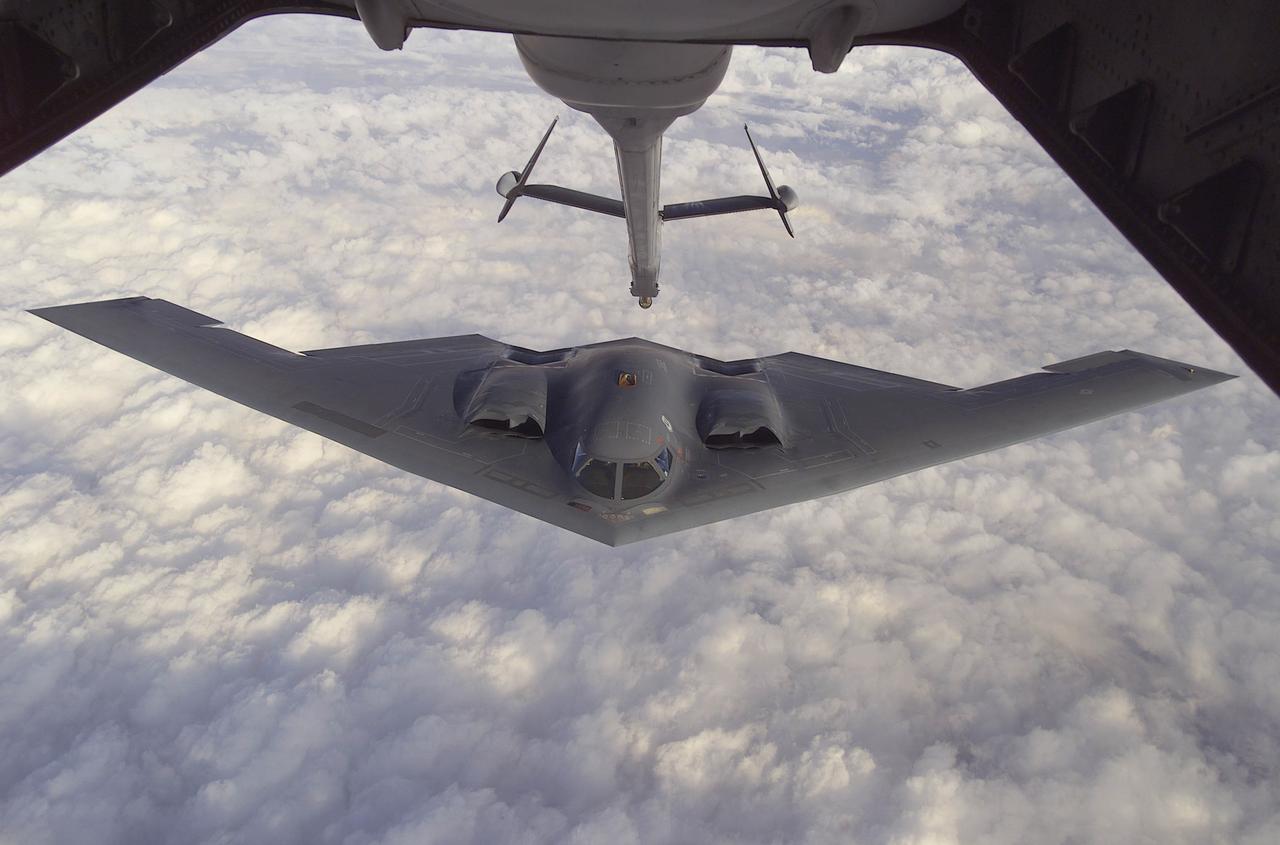
Türkiye's Presidency Communication Directorate has categorically denied claims that American bomber aircraft used Turkish airspace during strikes on Iran's nuclear facilities, as the U.S. revealed details of its largest B-2 operational strike in history.
The Presidency Communication Directorate's Disinformation Combat Center (DMM) issued a statement rejecting allegations that "American bomber aircraft that carried out attacks on Iran's nuclear facilities used Turkish airspace."
The statement clarified that Turkish airspace was not violated in any way during Israel's attacks on Iran, and Turkish airspace was "absolutely not used" during U.S. strikes on Iran's nuclear facilities.

According to the Turkish statement, bomber aircraft that departed from America entered through the Strait of Gibraltar, reached Israel via the southern Mediterranean, then entered Iran via Iraq to carry out strikes.
"The aforementioned bomber aircraft followed the same route in reverse after carrying out their attacks, refueling over the Mediterranean (south of Crete) on their return journey to America," the statement detailed.

US officials revealed extensive details of what they called "Operation Midnight Hammer," describing it as the largest B-2 operational strike in US history and the second-longest B-2 mission ever flown, exceeded only by missions following 9/11.
General Eric Kurilla's U.S. Central Command (CENTCOM) executed "a deliberate and precise strike against three Iranian nuclear facilities," according to U.S. Defense official, Caine.
Over 125 U.S. aircraft participated in the mission, including B-2 stealth bombers, multiple flights of fourth- and fifth-generation fighters, dozens of air refueling tankers, a guided missile submarine, and a full array of intelligence, surveillance, and reconnaissance aircraft, along with hundreds of maintenance and operational professionals.
The main strike package comprised seven B-2 bombers that flew for 18 hours from the U.S. into the target area, dropping a total of 14 MOPs (Massive Ordnance Penetrator) against two nuclear target areas.
According to initial battle damage assessments, all three sites sustained "extremely severe" damage and destruction.
The U.S. launched approximately 75 precision-guided weapons during the operation.
"Our forces remain on high alert and are fully postured to respond to any Iranian retaliation or proxy attacks, which would be an incredibly poor choice," Caine emphasized.

The Turkish statement emphasized that "The Republic of Türkiye continues to persistently defend Middle East peace and stability, and our President Recep Tayyip Erdogan leads initiatives taken to keep diplomacy alive for this purpose."
"Any claim made to the contrary is a product of disinformation," the statement concluded.